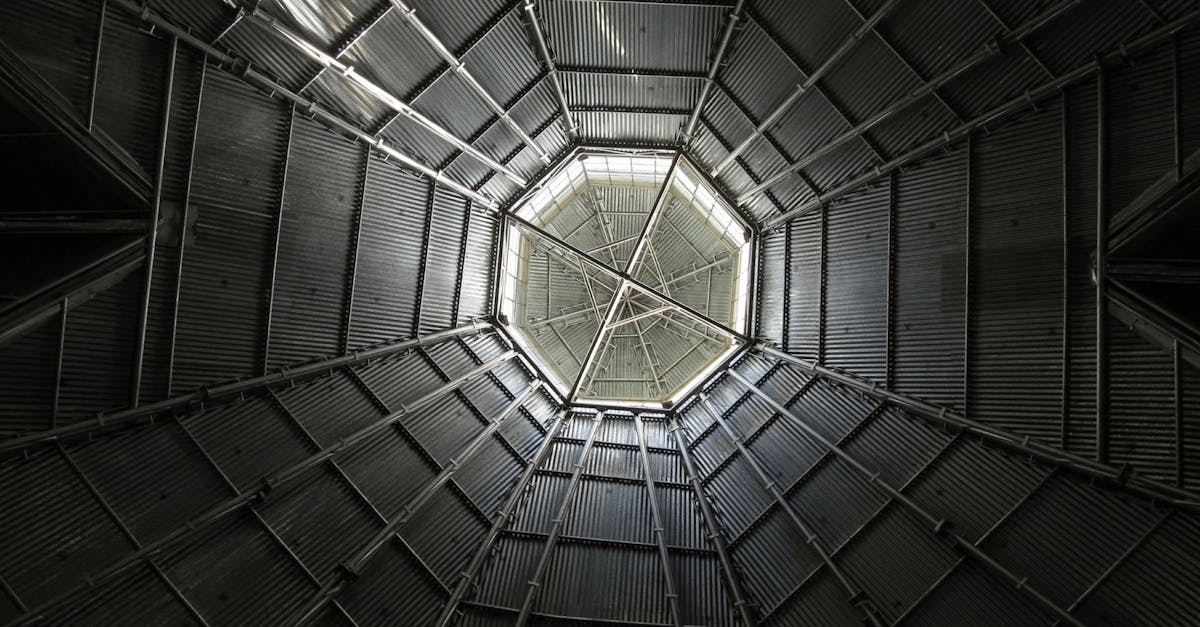Tile To Aluminum Roofing Replacement Australia

Table Of Contents
Tile To Aluminum Roofing Replacement Australia
When considering a roof replacement, homeowners in Sydney often turn to Roofing Blogs And Resources Sydney for guidance on the best materials available. One option that has gained popularity is tile and ceramic roofing, particularly in the context of metal and aluminum options. These materials not only enhance the aesthetic appeal of a home but also provide durability and energy efficiency, essential in a climate as diverse as that of Australia.
Residents of New South Wales are increasingly looking for reliable sources of information on roofing solutions, making roofing blogs and resources sydney a valuable asset. Whether opting for tile or ceramic roofing as a substitution for traditional metal roofs, the decision process can be daunting without thorough guidance. Understanding the benefits and drawbacks of various materials is crucial for homeowners seeking to improve both the function and appearance of their roofs, ensuring the best possible outcome for their investments.
Advantages of Switching from Tile Roofs to Aluminum
Switching from slate roofs for metal provides multiple pros for homeowners. One significant pro is durability. Steel roofing are known for their ability to withstand harsh weather conditions, including heavy rain, snow, and strong winds. Such a durability translates into a longer lifespan compared to traditional slate options. Furthermore, metal roofs are less heavy, making installation easier and more cost-effective for homeowners.
An additional advantage of converting to metal roofing is energy efficiency. Aluminum roofing reflect sunlight, which can help decrease cooling costs during hot summers. This do not only contribute to lower energy bills, while they also promote a more comfortable indoor environment. Furthermore, many metal roofing options are designed to be environmentally friendly, making a more eco-conscious choice for homeowners looking to improve their home's sustainability.
Why Transitioning from Steel Roofs for Sydney Area
Transitioning from steel roofs represents the notable step in residents in the Sydney Area. The type of roofing offers improved durability against severe weather conditions, which is crucial in this climate. Additionally, steel roofs require less maintenance, keeping homeowners time and money during the years.
A further advantage of upgrading from steel roofing lies in their ability to save energy. Steel roofs deflect heat effectively, which can help in reducing air conditioning costs during the hot summer months in the Sydney Area. Moreover, these roofs are eco-friendly, often made from recycled materials and being fully recyclable at the end of their lifespan. Such blend of benefits makes this option to change to steel roofing a smart investment for residents in Sydney.
Common Challenges During Replacing Ceramic Roofs to Metal
Replacing slate roofs to metal can pose several challenges for homeowners. An initial problem is a load difference between slate and metal materials. Slate roofing are generally heavier, which may require modifications to the existing roof structure to ensure the roof can support the new material. Additionally, a conversion from a roofing type to another often requires compliance with local building codes, which can add complexity to the project.
A further frequent issue involves a potential for leaks or gaps during the installation process. Metal roofs require precise fitting and sealing to prevent water infiltration, which can lead to issues down the line. Insufficient installation techniques may not only compromise the roof's integrity but also lead to higher maintenance costs. Furthermore, a change in roofing style may also affect the home’s overall aesthetic, prompting residents to consider their choices carefully before proceeding.
How to Overcome Problems in Roof Replacement
Replacing a metal roof after a tiled roof can present various problems. One concern is the stability of the existing framework. Prior to the installation, it is essential to inspect the condition of the underlying structure. Recognizing weaknesses in the frame can lead to setbacks during the replacement process. Performing necessary reinforcements can ensure a smooth transition to the new roofing material.
An additional issue that may arise is the adaptation of the roof's layout. Metallic roofs can differ greatly in appearance compared to tiled roofs. Residents should consider how the new roof will blend with the overall design of their home. Thoughtful planning and consultation with roofing professionals can help in selecting a style that complements the existing structure. This steps can greatly enhance both the functionality and aesthetic appeal of the home.
The Implementation Procedure for Slate to Steel Roof Replacement
Replacing a tile roof to metal is one crucial upgrade endeavor. This installation procedure involves careful preparation along with the right materials. First, the old roof must be carefully removed, which guarantees the strong foundation for the new metal roof.
Following this, the installation of the replacement metal roof may start. This procedure consists of laying the metal panels across the prepared structure. Proper sealing and fastening are vital to confirm water resistance and longevity. Finally, the concluding inspection takes place imperative to confirm everything is installed accurately.
Step-by-Step Explanation of Tile to Metal Installation
Switching your tile roof to a steel roof may seem challenging at first. However, with a guided overview, this process is more. Initially, it is critical to evaluate the existing tile roof for any problems or vulnerabilities. Subsequently, carefully remove the tiles while ensuring the underlying structure remains unharmed.
After the tiles are removed, installing the metal roofing demands proper preparation of the decking. The step involves placing a moisture barrier to safeguard the roof from water damage. Next, the metal panels can be attached to the roof structure with the appropriate fasteners. To wrap up, it is imperative to ensure all seams are sealed properly to avoid leaks. Completing the project involves a thorough inspection to ensure everything is set correctly.